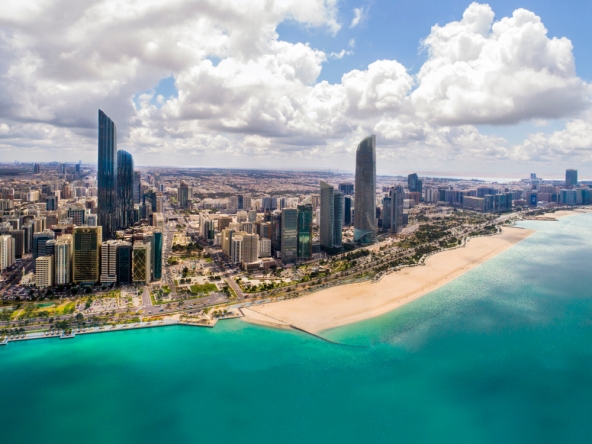Purchasing property through a mortgage in the UAE involves a series of crucial steps. This detailed guide will walk you through the process to help you make informed decisions:
- Assess Your Financial Position:
Before diving into the mortgage process, analyze your financial situation. Calculate your monthly income, expenses, and existing debts. This assessment will help you determine a realistic budget for your mortgage payments. - Research Mortgage Options:
Research and compare mortgage options from various banks and financial institutions in the UAE. Pay attention to factors such as interest rates, repayment terms, down payment requirements, and processing fees. Understand the difference between fixed and variable interest rates. - Choose the Right Property:
Select a property that suits your needs and budget. Consult with real estate experts to ensure that the property aligns with your investment goals and preferences. - Pre-Approval Process:
Begin by applying for a mortgage pre-approval from your chosen bank. Provide your financial documents, such as income statements, bank statements, and identification. The bank will assess your eligibility and determine a preliminary loan amount. - Determine the Down Payment:
Understand the required down payment for your chosen property. In the UAE, down payments typically range from 20% to 25% of the property’s value. Ensure you have the necessary funds available. - Mortgage Application:
Initiate the official mortgage application process with your selected bank. Submit the required documents, including employment verification, income proof, property details, and identification. - Property Valuation:
The bank may conduct a property valuation to assess its market value. The valuation influences the loan amount and interest rate. Ensure the property is priced fairly. - Loan Approval and Offer Letter:
Once your application is reviewed, the bank will provide an offer letter. This letter details the approved mortgage amount, interest rate, and repayment terms. Carefully review and understand the terms before accepting. - Legal Process and Documentation:
Engage a legal advisor to review the mortgage agreement and related documentation. Ensure you understand all terms and obligations. You may need to sign a sale and purchase agreement and complete property transfer procedures. - Mortgage Registration:
Register the mortgage with the relevant authority, such as the Dubai Land Department. This step secures the property as collateral for the loan. Registration fees may apply. - Mortgage Repayments:
Begin making regular mortgage payments according to the agreed schedule. Timely payments are crucial for maintaining a positive credit history and avoiding penalties. - Consider Insurance Requirements:
Some banks may require property insurance as a condition for the mortgage. This insurance protects both you and the bank in case of unforeseen events. - Additional Costs and Fees:
Account for additional expenses such as property registration fees, legal fees, valuation charges, and potential service fees. These costs contribute to the overall expense of the property acquisition. - Long-Term Planning:
Before finalizing the mortgage, consider your long-term plans, such as potential job changes, family growth, or property investment goals. Ensure that your mortgage aligns with your future objectives.
Navigating the mortgage process for UAE properties requires careful attention to detail and thorough research. Seek guidance from financial advisors, legal experts, and experienced real estate professionals to ensure a successful and rewarding property ownership experience.





